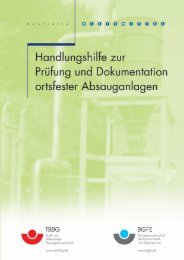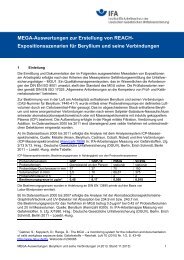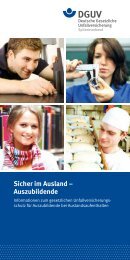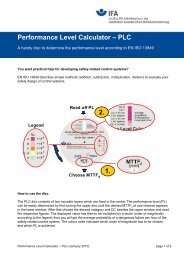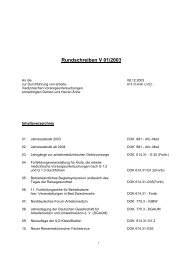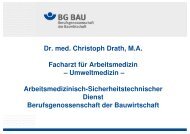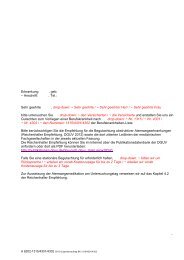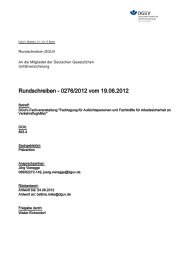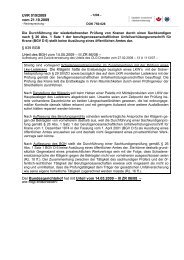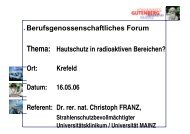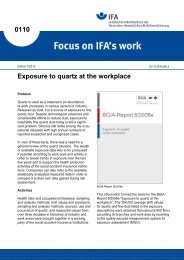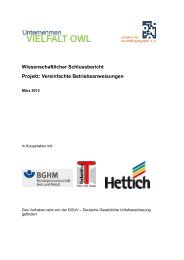Effectiveness of measures to prevent needlestick injuries among ...
Effectiveness of measures to prevent needlestick injuries among ...
Effectiveness of measures to prevent needlestick injuries among ...
You also want an ePaper? Increase the reach of your titles
YUMPU automatically turns print PDFs into web optimized ePapers that Google loves.
4 Intervention program evaluation<br />
aspect <strong>of</strong> <strong>prevent</strong>ion. Combination programs are not designed <strong>to</strong> allow for inferences<br />
about effectiveness <strong>of</strong> individual program components, however, and so cannot be<br />
used <strong>to</strong> determine which element <strong>of</strong> a given program was (most) effective at reducing<br />
NSI.<br />
Table 12 (see page 98) summarizes the results reported in the best quality intervention<br />
evaluations. The relative improvements in NSI rates varied considerably by type <strong>of</strong><br />
intervention, though differences in study units (denomina<strong>to</strong>rs) preclude direct compare-<br />
sons across intervention types. In three trials, replacing hollow-bore needles with<br />
safety-engineered devices resulted in approximately a two-fold improvement in NSI<br />
rates [33 <strong>to</strong> 35; 47]. The introduction <strong>of</strong> needleless IV systems showed no statistical<br />
significant difference between intervention and control group in one trial [33], but was<br />
very effective in another [47]. In single studies, the use <strong>of</strong> blunt suture needles reduced<br />
surgical glove perforations from 50 % <strong>to</strong> 7 % [60] and the Suture Mate reduced glove<br />
perforations from 27 % <strong>to</strong> 8 % [72]. An intervention consisting <strong>of</strong> moving needle<br />
disposal boxes closer <strong>to</strong> the work area successfully decreased needle recapping from<br />
30 % <strong>to</strong> 26 % in one evaluation [76], while training staff in universal precautions<br />
reduced the NSI rate at one facility from 13/100 FTE <strong>to</strong> 8/100 FTE [89].<br />
Report „Needlestick <strong>injuries</strong>“ 57



